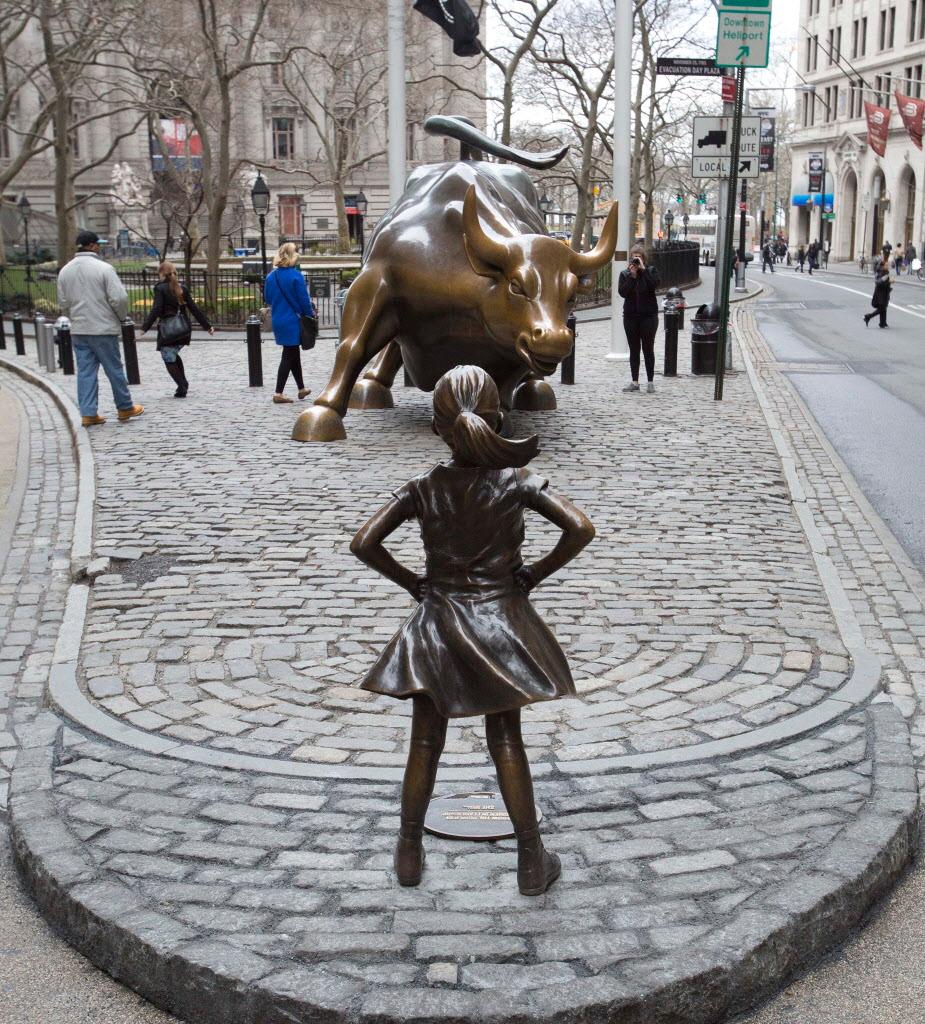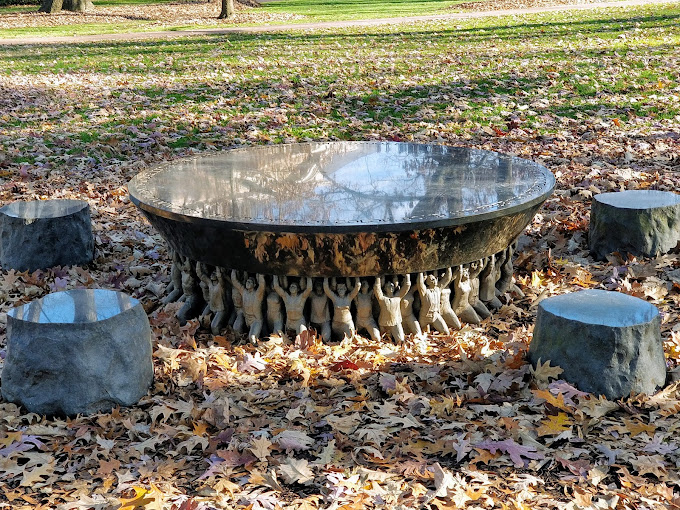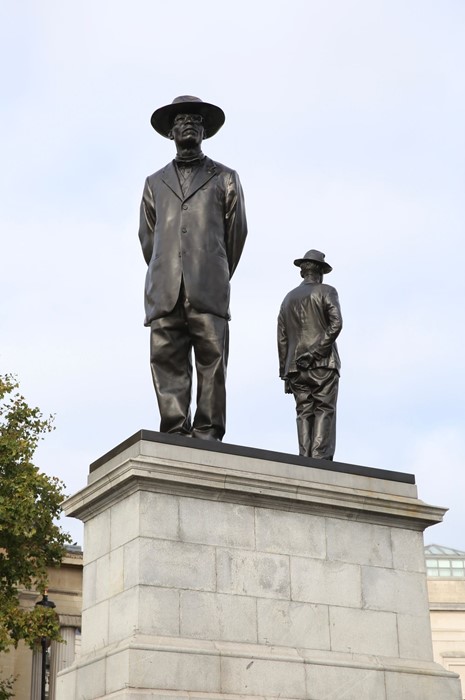Public monuments, with their imposing figures and grand structures, have long served as symbols of historical events, cultural values, and societal ideals. However, in recent years, these monuments have become the epicenter of controversy, sparking debates about the narratives they represent and the messages they convey. As societies evolve and perspectives shift, artists have emerged as key players in reimagining public monuments, challenging traditional narratives and proposing alternative perspectives that reflect the diversity and complexity of history.
The Role of Public Monuments:
Public monuments have played a crucial role in shaping collective memory and identity. From statues of political leaders to war memorials, these structures serve as tangible expressions of a society’s values and beliefs. However, as societies become more aware of the marginalized voices and untold stories omitted from these monuments, a growing dissatisfaction has emerged. Many argue that these structures often romanticize or sanitize historical events, ignoring the darker aspects that shaped nations and communities.
Controversies Surrounding Historical Narratives:
Controversies surrounding public monuments often revolve around the narratives they perpetuate. Statues of historical figures with controversial pasts, such as slave owners or colonizers, have become focal points of debate. Critics argue that maintaining these monuments glorifies individuals responsible for oppression and exploitation, while proponents insist on preserving them as a means of acknowledging historical context.
Similarly, war memorials often face criticism for the way they portray conflicts. Some argue that these monuments romanticize war and downplay the human suffering involved, creating a skewed perception of historical events. As a result, communities around the world are engaging in discussions about the need to reassess and redefine the narratives embodied by public monuments.
The Power of Artistic Intervention:

In response to the controversies surrounding public monuments, artists are stepping into the spotlight, using their creativity to challenge established narratives. Public art installations, performances, and reinterpretations of existing monuments have become powerful tools for artists seeking to provoke thought and spark conversations about history, memory, and identity.
One notable example was the “Fearless Girl” statue facing the Charging Bull on Wall Street. Created by artist Kristen Visbal, this installation challenged the male-dominated culture of Wall Street and had became a symbol of gender diversity and empowerment. By strategically placing this statue in a historically male-dominated financial district, Visbal had successfully altered the narrative of the space and invited discourse on gender equality in the workplace.
Recontextualizing Monuments:

Rather than advocating for the removal of controversial monuments, some artists propose recontextualizing them to provide a more nuanced understanding of history. Through various artistic interventions, such as adding plaques with additional information or creating temporary installations around the monuments, artists aim to broaden the narrative and include perspectives that have long been ignored.
For instance, the “Unsung Founders Memorial” at the University of North Carolina at Chapel Hill, designed by artist Do-Ho Suh, challenges the conventional narrative of the university’s history. The memorial features 300 figures representing the enslaved and free Black people who built and maintained the campus but were largely absent from its historical record. By incorporating this artwork, the university acknowledges its complex past and strives to tell a more inclusive story.
Community-Led Initiatives:
In many instances, communities are taking matters into their own hands by commissioning artists to create new monuments that better reflect their values and diverse histories. Community-led initiatives are emerging as a powerful force for change, allowing local voices to shape the narratives embedded in public spaces.
The “Monument Lab” project, launched in Philadelphia, exemplifies this trend. This ongoing public art and history initiative invites artists and community members to collaborate in creating monuments that address current social issues and reflect the city’s diverse stories. By involving the community in the artistic process, Monument Lab promotes a more inclusive and democratic approach to monument-making.
The controversy surrounding public monuments is a manifestation of the evolving perspectives on history and identity. Artists are at the forefront of this movement, using their creativity to challenge established narratives, recontextualize existing monuments, and create new works that better reflect the diversity of human experiences. As societies continue to grapple with questions of representation and memory, the role of artists in reimagining historical narratives through public monuments is likely to grow, fostering a more inclusive and nuanced understanding of our shared past.

























